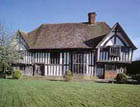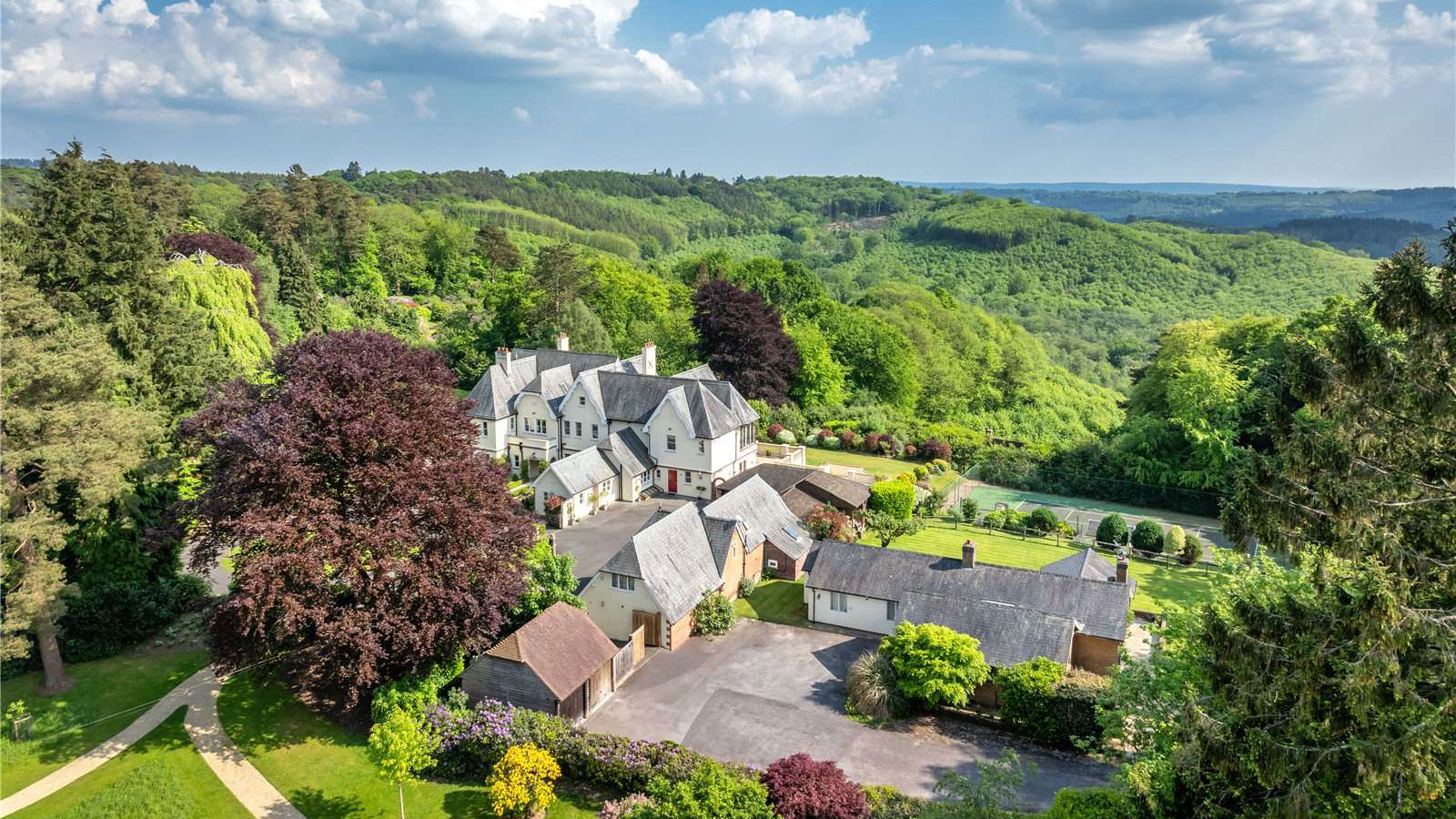Property market winners and losers
The property market is performing at different speeds in different parts of the country, finds Carla Passino


The property market is growing at different speeds in each region, according to new research by Savills. Some parts of the country have already bounced back to 2007 levels, while others are lagging far behind, repeating what happened in previous market cycles.
In February 2011, average property prices in England and Wales were on par with those of May 2006. But in prime central London, they were above their 2007 levels, with the boroughs of Westminster, Kensington and Chelsea, Hammersmith and Fulham, Camden and Islington far outpacing the rest of the country.
In the countryside, counties that traditionally go hand in glove with London, such as Surrey, Hertfordshire and the Windsor & Maidenhead area, are back at 2007 levels. Prices in Buckinghamshire, Oxfordshire and Hampshire are the same as those seen in the second half of 2006, but in Northamptonshire, Lincolnshire and Nottinghamshire they are only at early 2004 levels.
There are exception to this rule-values in Ceredigion are greater than those recorded in 2007-which Lucian Cook of Savills puts down to the volatility intrinsic to a low transaction market. But generally, London and the South East are in a much stronger position than anywhere else.
‘The schism between the best and the rest is expected to continue as the recovery progresses,' says Mr Cook, explaining that values in the top 10% locations grew by 7.5% in the past year, and are now just a fraction off peak levels, whereas the bottom 10% saw prices fall by 3% and are almost 20% off peak. ‘Ironically, it is the least affordable but most affluent areas that are leading, and will continue to lead the market both in terms of price growth and activity levels.'
Nor is this a fluke. Savills ran an analysis on historic data and found that the locations which lead and those which lag were broadly the same as in previous market cycles. The study also showed that the recovery ripple-the time that it takes for the laggers to catch up-is about five to ten years.
Looking ahead, Savills expect that the top locations will see prices rise by a third over the next five years, while the bottom end of the market will struggle to see any price growth at all. And unlike the previous market cycle, when the laggers eventually grew comparatively more than the leaders (at an average of 123% against 43%), this time, says Mr Cook, ‘there is a real question mark over whether the bottom end of the market has the capacity to outperform in the second part of this cycle, particularly if we have an ongoing mortgage-constrained environment with greater regulation and different lending criteria applying to equity-rich and equity-poor borrowers.'
Sign up for the Country Life Newsletter
Exquisite houses, the beauty of Nature, and how to get the most from your life, straight to your inbox.
Top performing locations between 1995 and 2010
Kensington & Chelsea 353% Islington 337% Wandsworth 335% Camden 322% Hammersmith & Fulham 317%
Worst performing locations between 1995 and 2010
Blaenau Gwent 84% Durham 88% Sunderland 89% Redcard & Cleveland 92% Doncaster 113%
Country Life is unlike any other magazine: the only glossy weekly on the newsstand and the only magazine that has been guest-edited by HRH The King not once, but twice. It is a celebration of modern rural life and all its diverse joys and pleasures — that was first published in Queen Victoria's Diamond Jubilee year. Our eclectic mixture of witty and informative content — from the most up-to-date property news and commentary and a coveted glimpse inside some of the UK's best houses and gardens, to gardening, the arts and interior design, written by experts in their field — still cannot be found in print or online, anywhere else.
-
 Athena: We need to get serious about saving our museums
Athena: We need to get serious about saving our museumsThe government announced that museums ‘can now apply for £20 million of funding to invest in their future’ last week. But will this be enough?
By Country Life Published
-
 Six rural properties with space, charm and endless views, as seen in Country Life
Six rural properties with space, charm and endless views, as seen in Country LifeWe take a look at some of the best houses to come to the market via Country Life in the past week.
By Toby Keel Published
